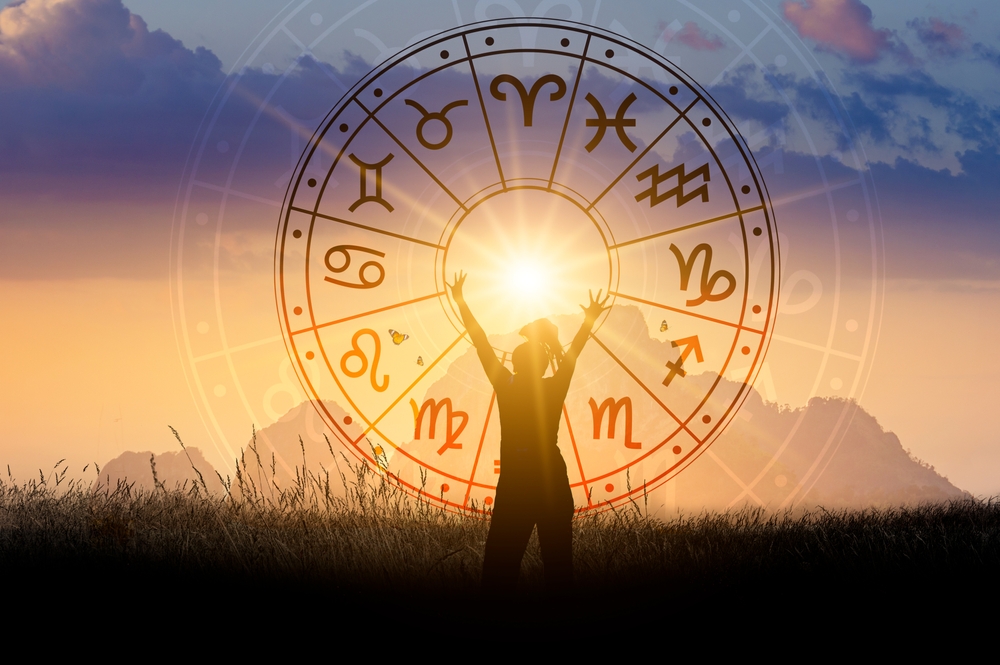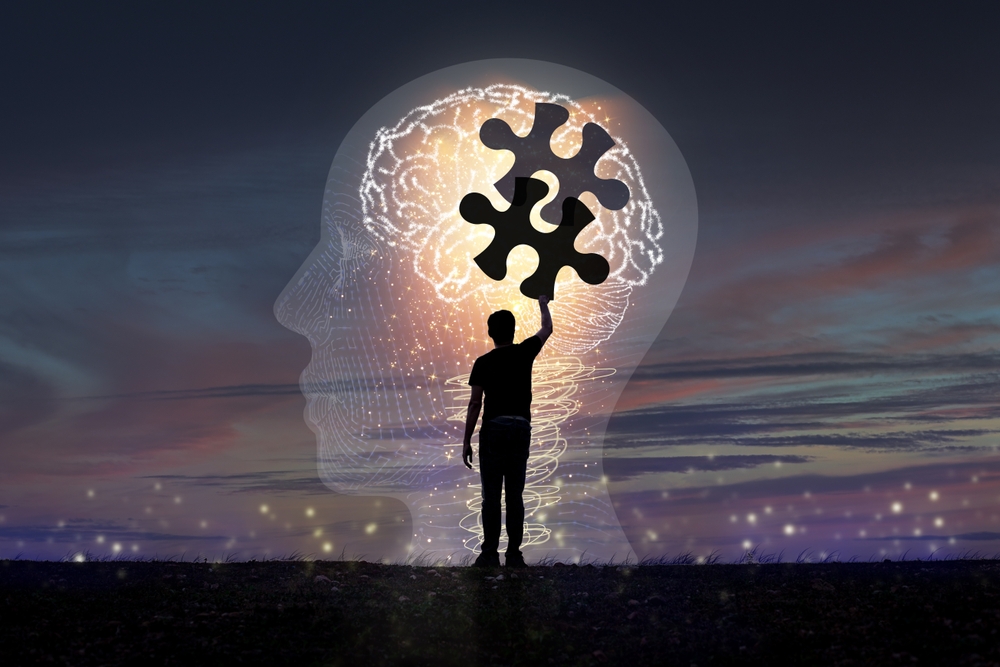We have been fascinated by dreams for millennia – but we are closer to understanding them now.
Others are reading now
Dreams have fascinated humanity for millennia, offering a mysterious window into the mind’s inner world.
Though often surreal and fleeting, they serve important roles in our emotional, psychological, and even physical health.
Scientists, psychologists, and philosophers alike have tried to unravel their deeper meanings and strange mechanics.
What we now know about dreams is both enlightening—and unexpectedly bizarre.
Dreams Help with Emotional Processing
Studies show REM sleep (when most vivid dreams occur) helps regulate emotions.
Dreams Help with Emotional Processing

- Studies show REM sleep (when most vivid dreams occur) helps regulate emotions.
- Dreaming can “replay” distressing events in a less intense way, easing trauma.
- Freud called dreams the “royal road to the unconscious”—a space to explore hidden feelings.
Some People Only Dream in Black and White

- Around 12% of people consistently report black-and-white dreams.
- Older generations, especially those raised on black-and-white media, report this more often.
- Suggests media consumption may shape how we dream.
You’re Paralyzed While Dreaming

- During REM sleep, your brain shuts down major muscle groups to prevent you from acting out dreams.
- This temporary paralysis is known as REM atonia.
- Rare malfunctions can cause REM sleep behavior disorder, where people physically act out dreams.
Cultures View Dreams as Messages

- In many Indigenous and Eastern cultures, dreams are messages from ancestors or the spiritual realm.
- Ancient Egyptians believed gods sent dreams as prophecies.
- The Aboriginal concept of “Dreamtime” reflects a deep mythological and cosmological meaning.
You Can Control Your Dreams

- Lucid dreaming occurs when you’re aware you’re dreaming and can sometimes shape the dream.
- Around 55% of people experience it at least once.
- Practiced by monks, athletes, and creatives to enhance performance and creativity.
Dream Time Is Not Always Real Time

- Dream events may feel like they last hours, but often span only minutes in real life.
- Brain scans show REM cycles typically last 10–20 minutes early in the night and up to an hour later.
- Some dreamers can track time inside dreams almost accurately—this is still being studied.
Bizarre Dreams Can Be a Sign of High Intelligence

- Research suggests people with vivid, strange, or frequent dreams often score higher on creativity and problem-solving tasks.
- One theory: dreaming reflects a brain that forms rich and unusual associations.
- Writers like Mary Shelley and Robert Louis Stevenson famously got story ideas from dreams.
Recurring Dreams Might Reveal Deep Conflicts

- Common recurring themes include being chased, falling, or being unprepared for an exam.
- Psychologists believe these reflect unresolved inner tensions or ongoing stress.
- Jung saw them as clues to recurring patterns in the psyche that demand attention.
Animals Dream Too

- EEGs show rats dream of maze-running, and dogs twitch and move their paws during REM sleep.
- Mammals, birds, and even octopuses show REM-like sleep stages.
- Suggests dreaming may have evolutionary value across species.
Some Dreams Predict Illness

- People with Parkinson’s or early signs of neurodegenerative disorders sometimes experience vivid nightmares or sleep disruptions years before diagnosis.
- Dream content may reflect early changes in brain chemistry.
- Scientists are investigating dream patterns as a potential early warning system.
The World’s Weirdest Dream Recordings

- A 2009 study played tones to sleepers and discovered it could influence dream content—like triggering flying or dancing dreams.
- In Japan, researchers tried using smell to induce more positive dreams (with mixed results).
- One study even had participants “play Tetris” in dreams after long gaming sessions, blurring lines between reality and REM.






